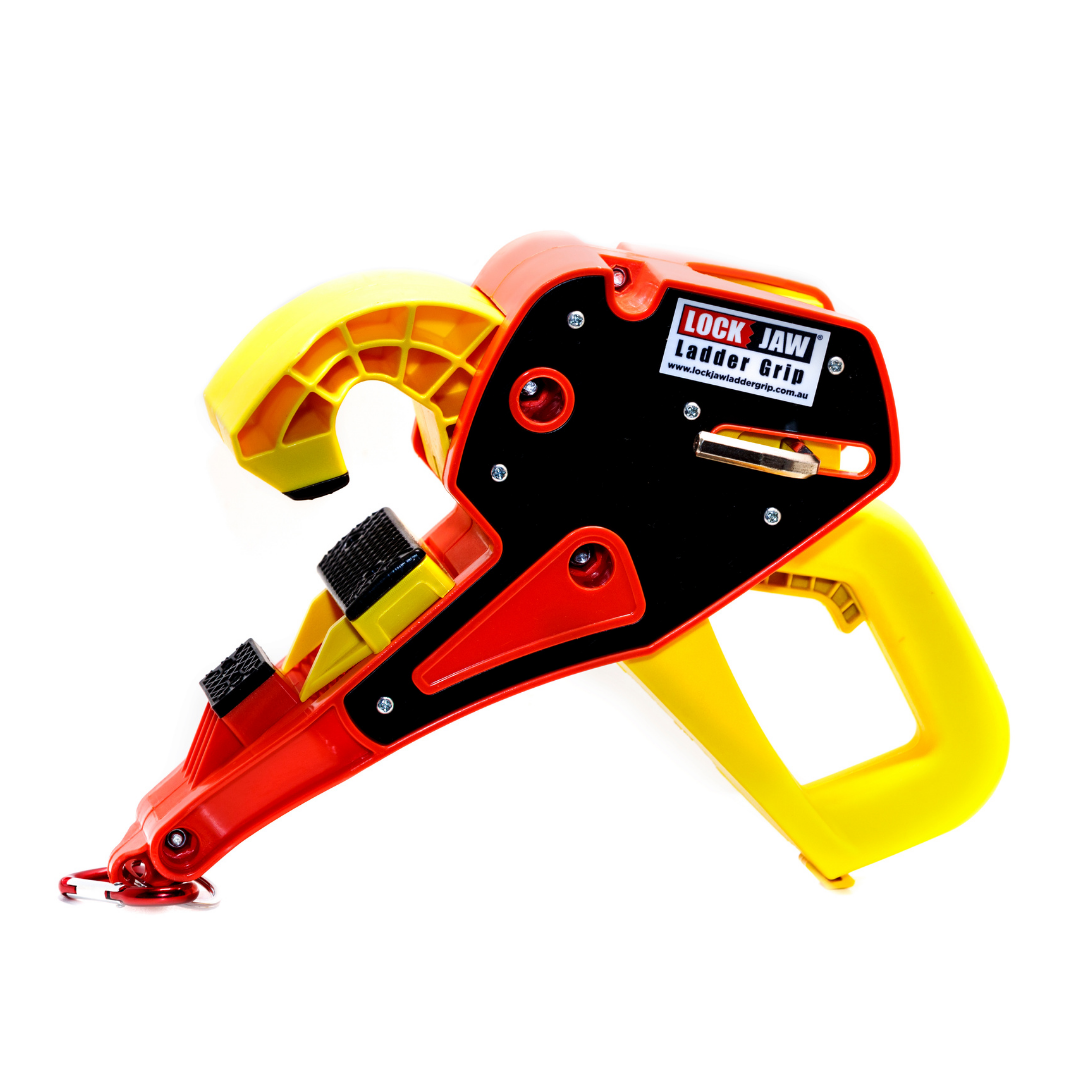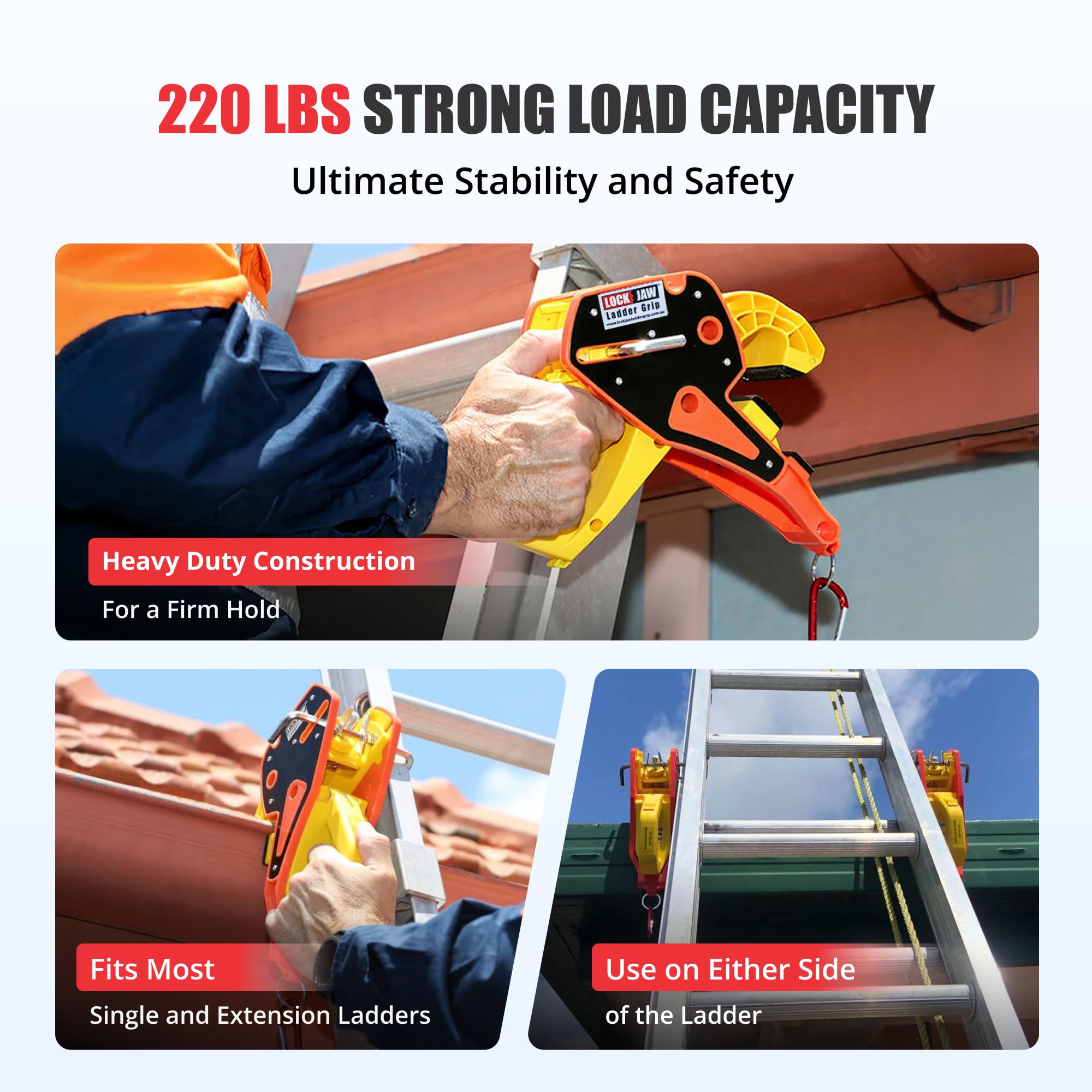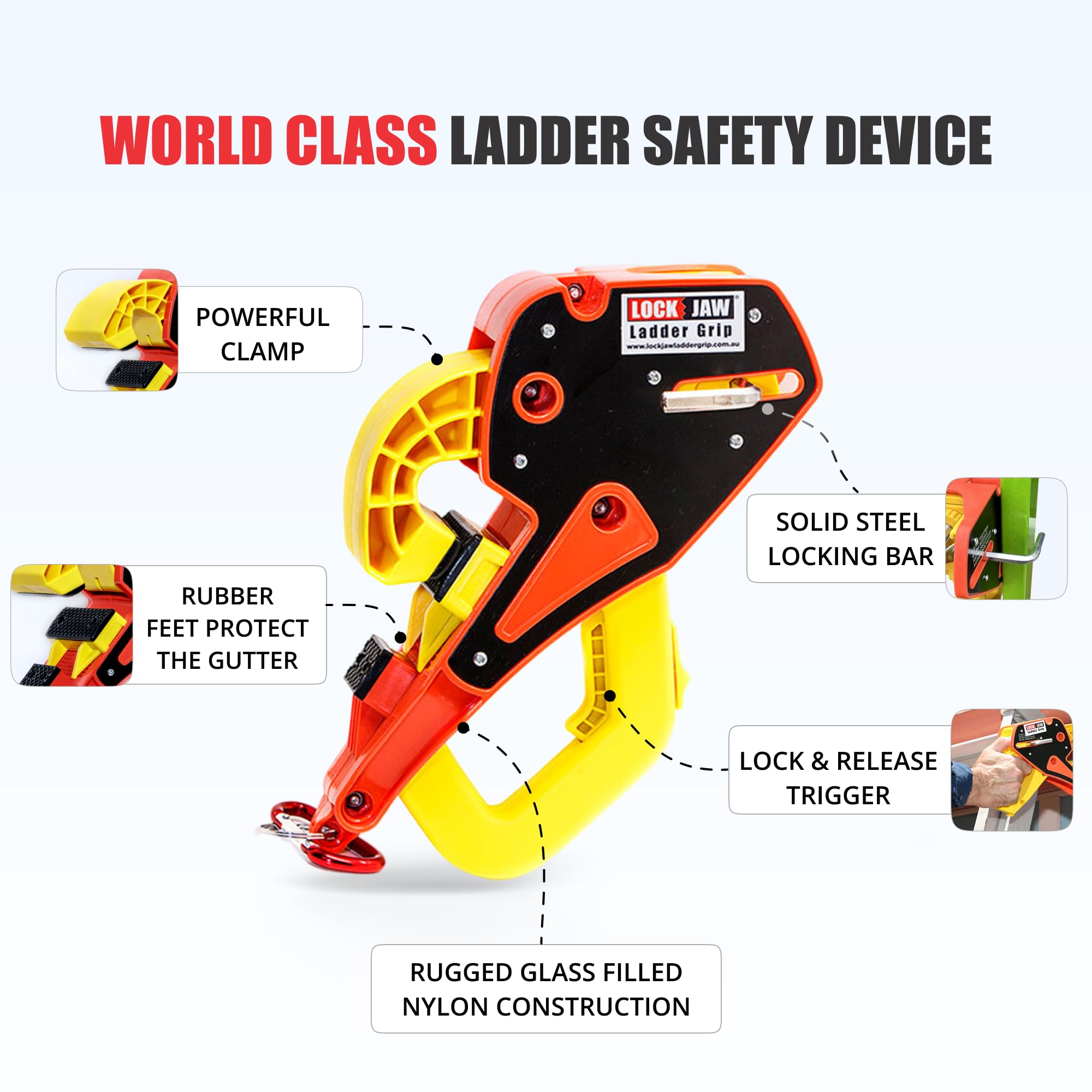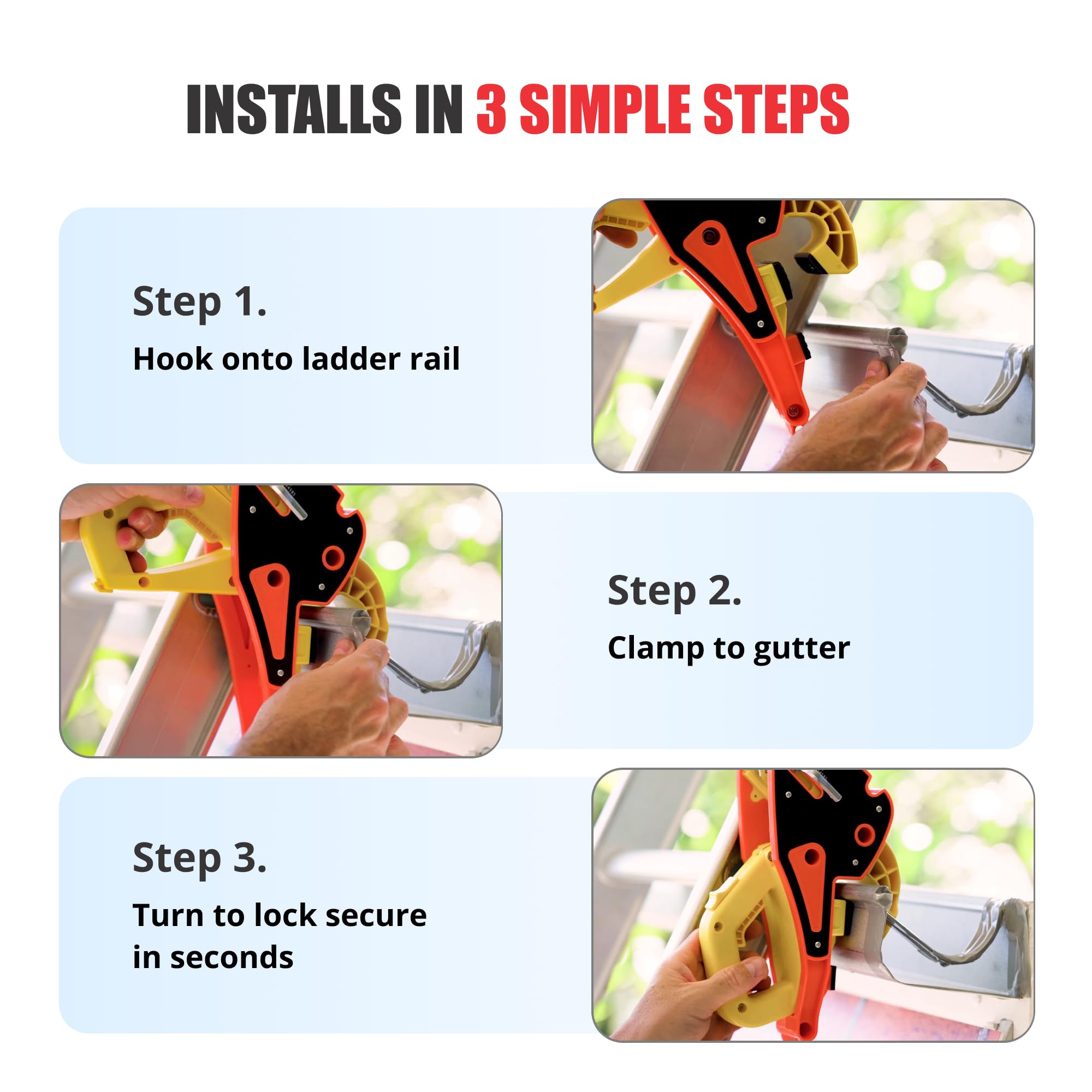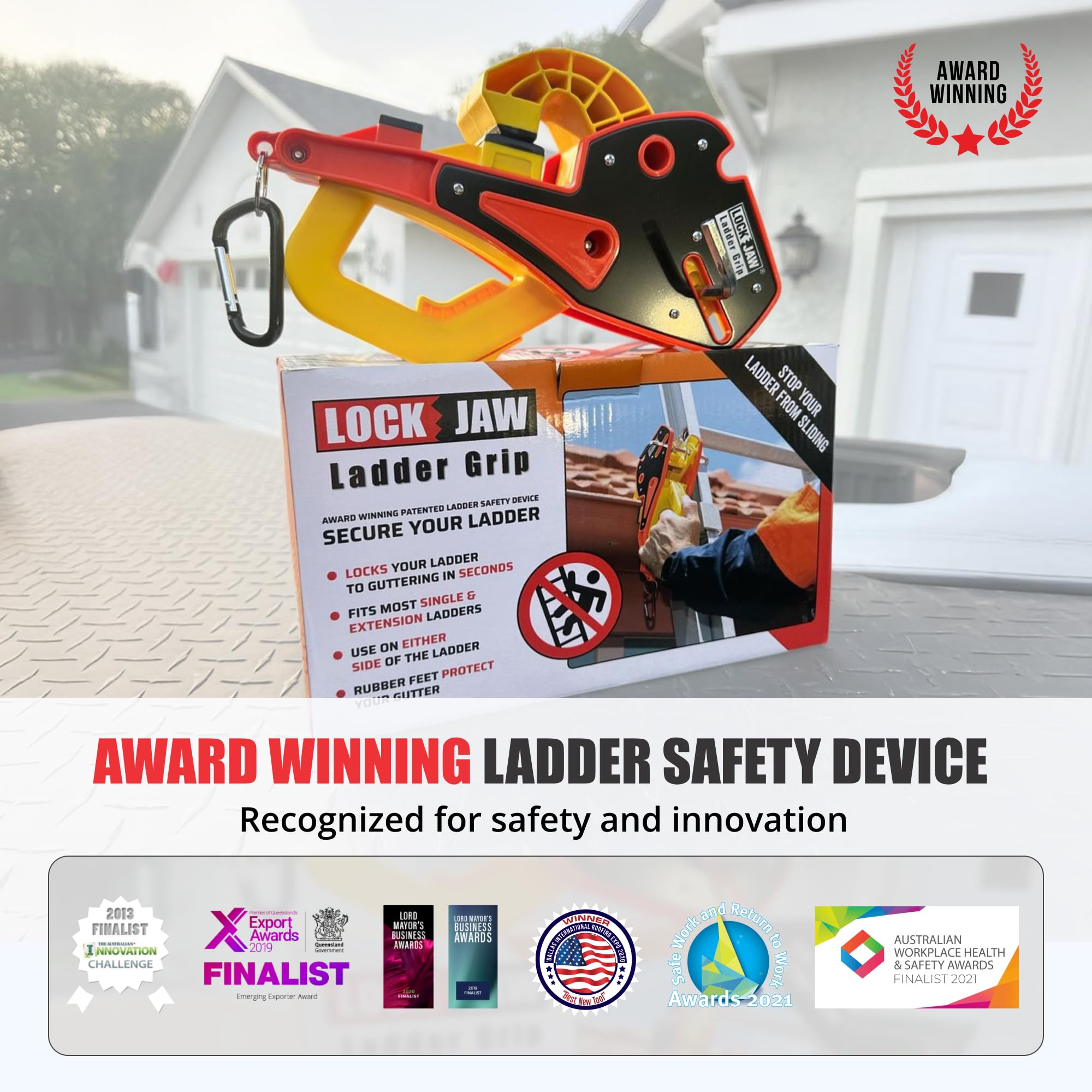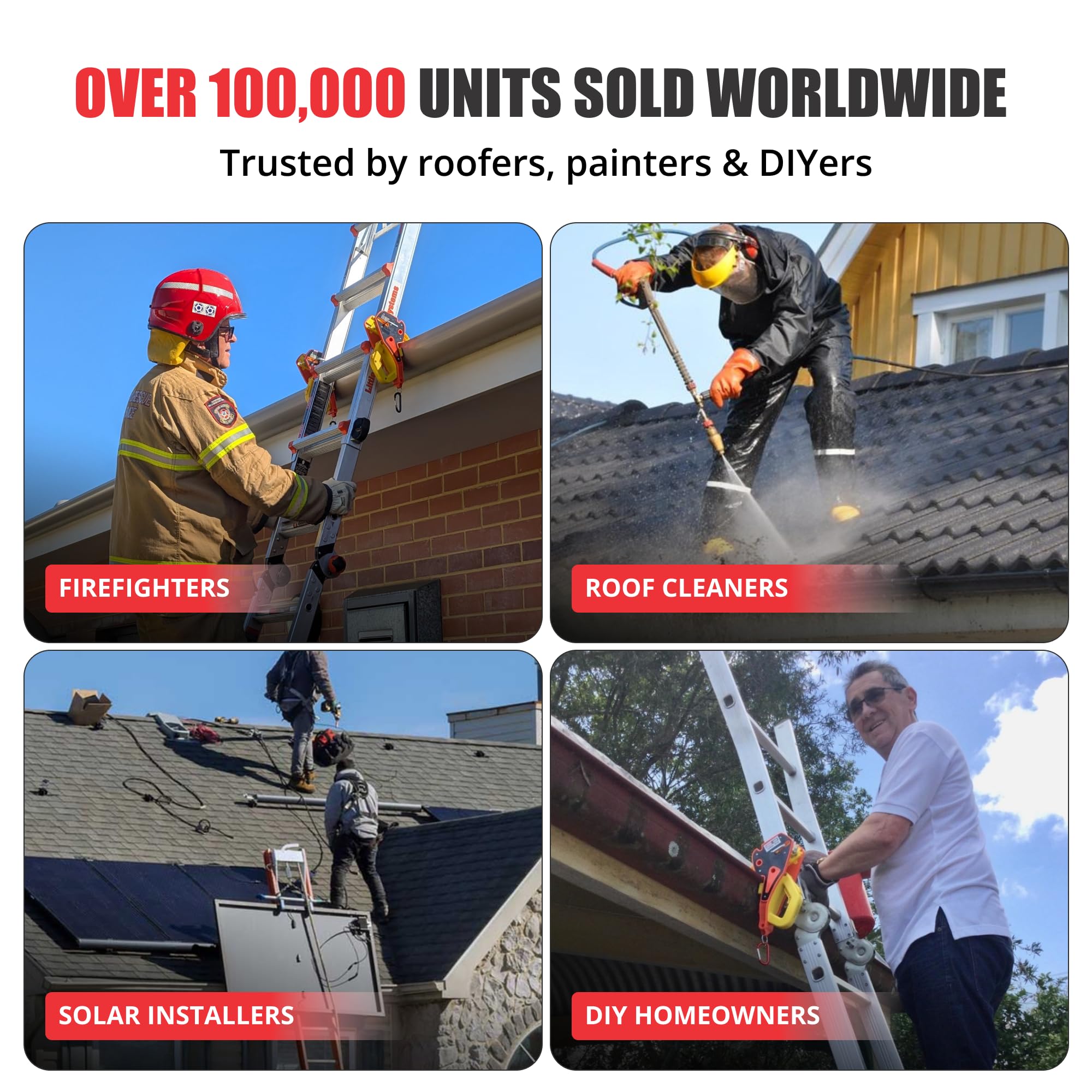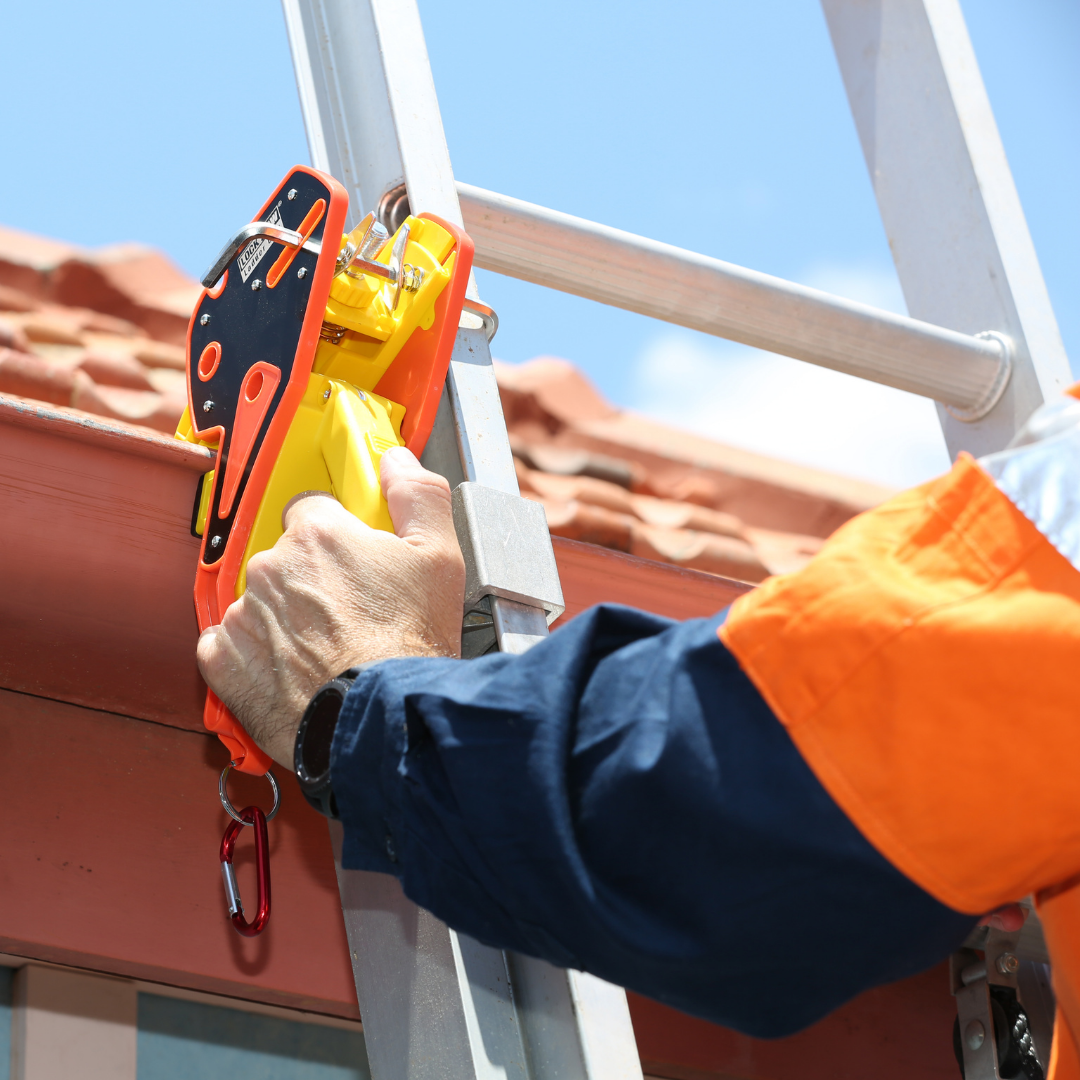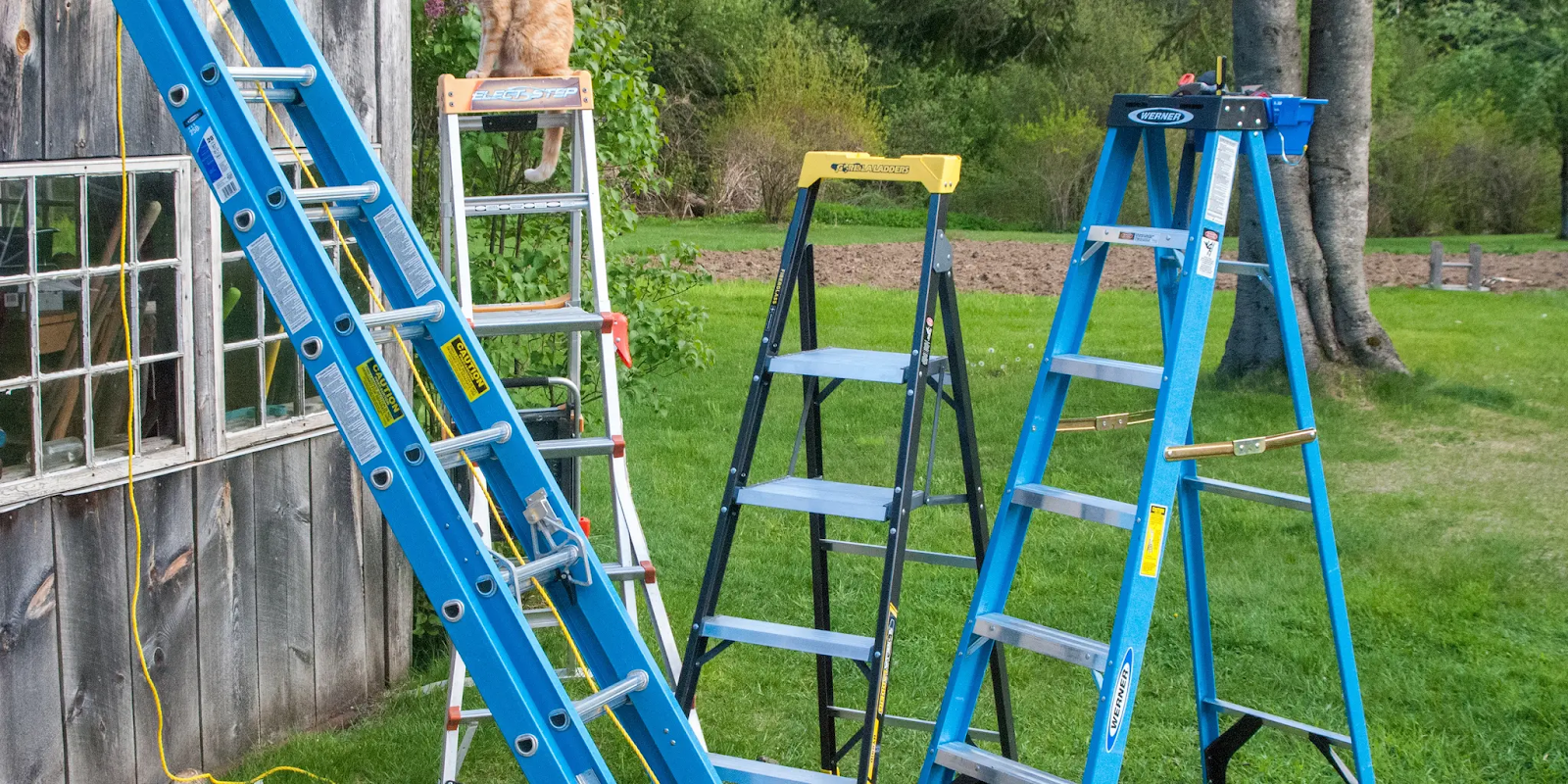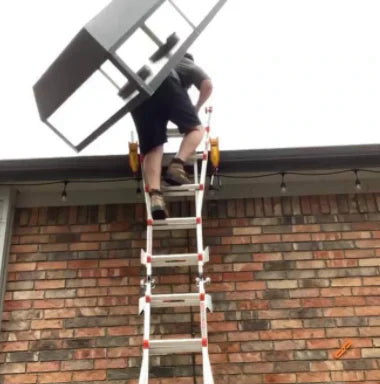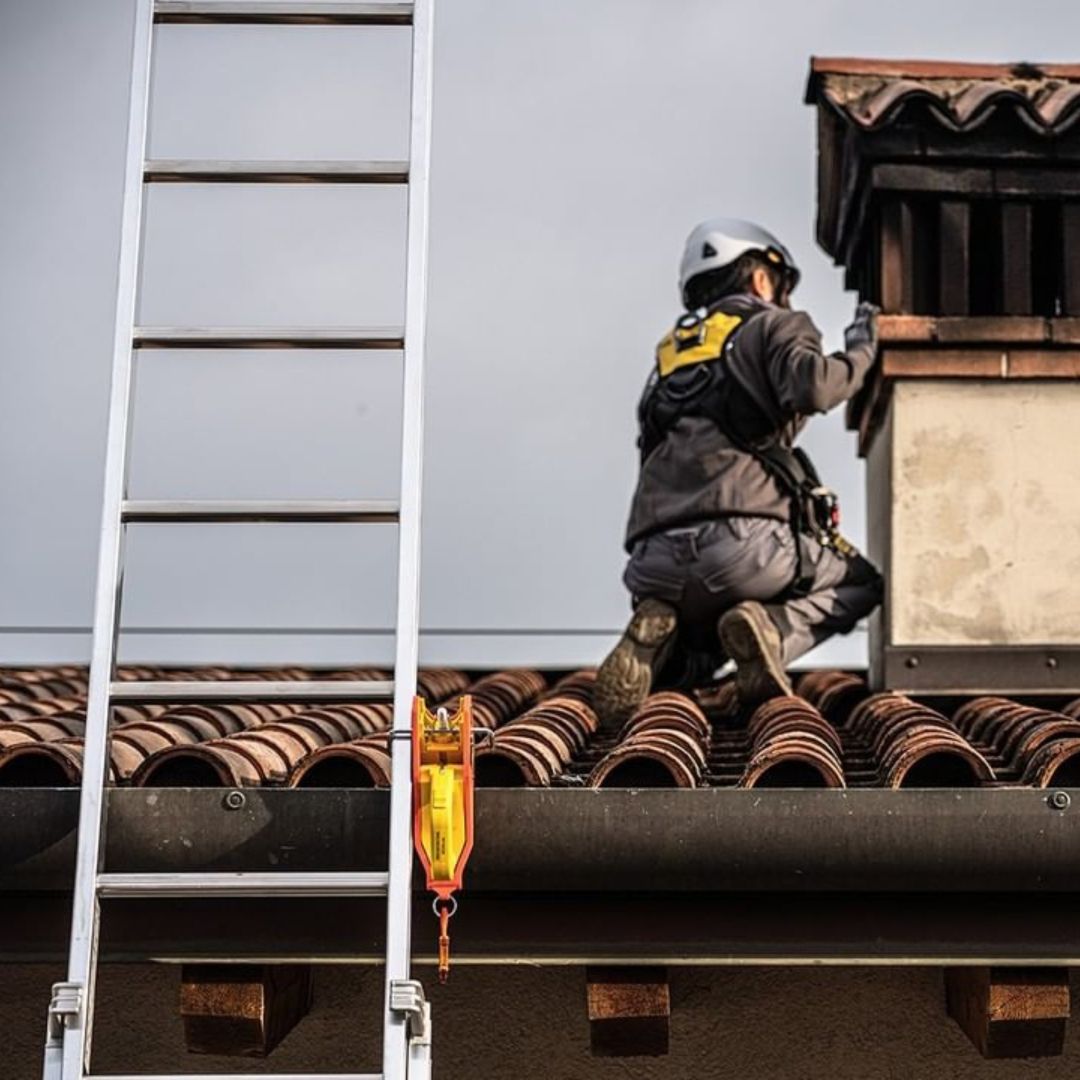Aluminium vs Fibreglass Ladders: Durability, Weight & Safety Compared
·
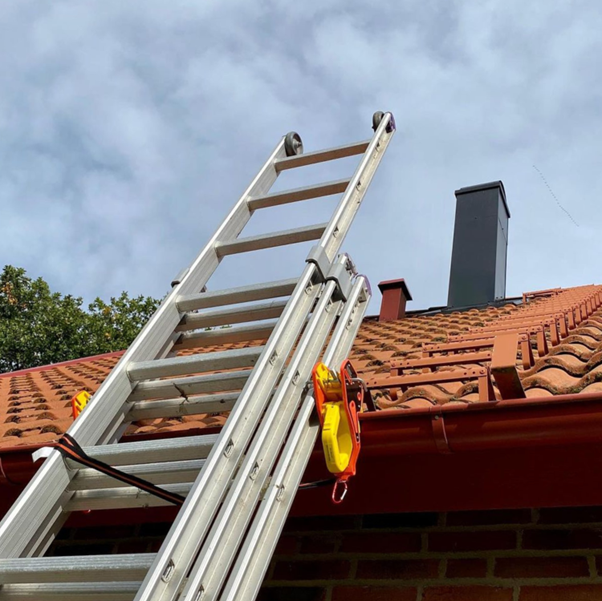
·
Understanding the Materials
When choosing a ladder, the material matters as much as the design. The AS/NZS 1892 series sets the benchmark for portable ladder safety and performance in Australia and New Zealand, covering everything from load ratings to slip resistance.- Aluminium — Lightweight, corrosion-resistant, and easy to handle. Ideal for frequent repositioning and transport.
- Fibreglass — Non-conductive, strong, and stable, making it the preferred choice for electrical work and heavy-duty applications.
Both meet the safety requirements under AS/NZS 1892 when manufactured to standard, but their properties make them better suited to different environments.
Weight & Portability
Weight is one of the biggest factors in how practical a ladder is to use day‑to‑day.
- Aluminium ladders are typically 30–50% lighter than fibreglass, which makes them easier to carry, reposition, and store.
- Fibreglass ladders are heavier, which can add stability in windy conditions but also means more effort to move, especially on larger worksites.
If your work involves frequent ladder relocation, aluminium’s lighter weight is a clear advantage.
Strength & Lifespan
|
Property |
Aluminium Ladder |
Fiberglass Ladder |
|
Load Capacity |
Meets portable ladder regs in all states |
Meets portable ladder regs in all states |
|
Durability |
Resistant to corrosion and rust |
Resistant to moisture and many chemicals |
|
UV Resistance |
Excellent |
Can degrade with prolonged UV exposure without a protective coating |
|
Expected Lifespan |
10–15 years with proper care |
12–20 years with proper care and UV protection |
|
Impact Resistance |
Can dent under heavy impact |
Can crack if overloaded or dropped |
Electrical Hazard Considerations
One of the most important safety differences is conductivity:
- Aluminium conducts electricity — never use it near live wires or power sources.
- Fibreglass is non-conductive when clean and dry, making it the safer choice for electricians and anyone working near electrical hazards.
This distinction is critical under WHS regulations, which require controlling electrical risks when working at height.
Maintenance Tips
- Aluminium — Check for dents, bent rails, and loose rivets. Clean off paint or debris that could hide damage.
- Fibreglass — Inspect for cracks, chips, or fibre bloom. Apply a UV protective coating if stored outdoors.
- Store both types in a dry, shaded area to maximise lifespan.
Making the Right Choice
If portability and ease of handling are your top priorities, aluminium is hard to beat. Fibreglass is safer if you need maximum strength, stability, and electrical safety.
Bottom line: Match the ladder material to your work environment, the hazards you face, and the frequency of use. The right choice will keep you compliant, efficient, and most importantly, safe.

